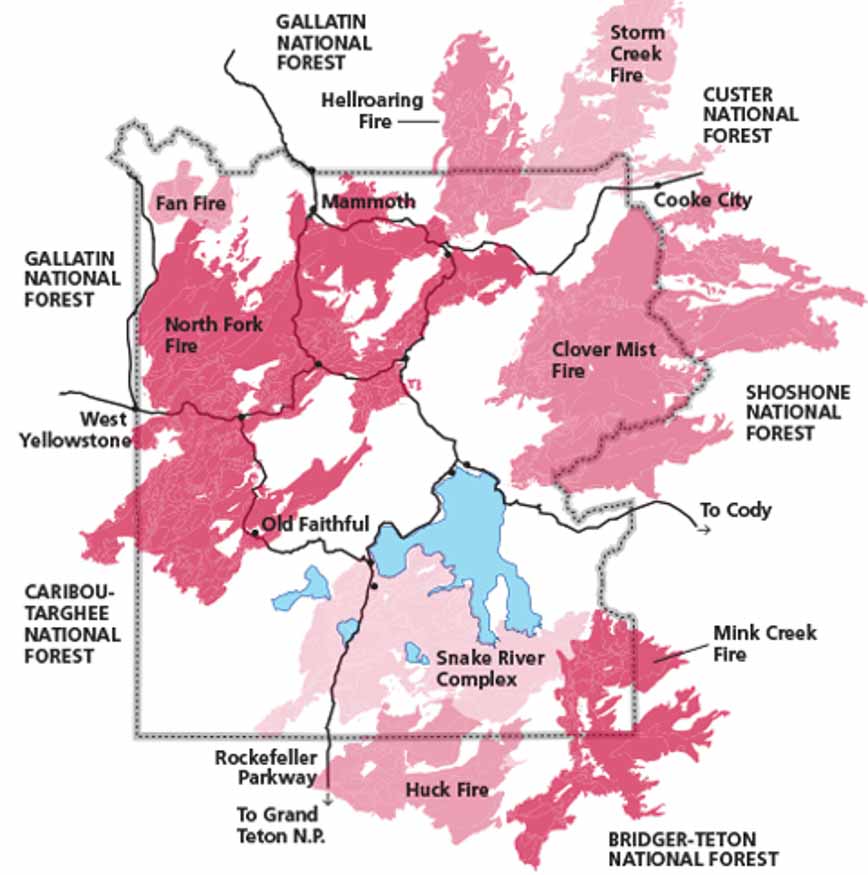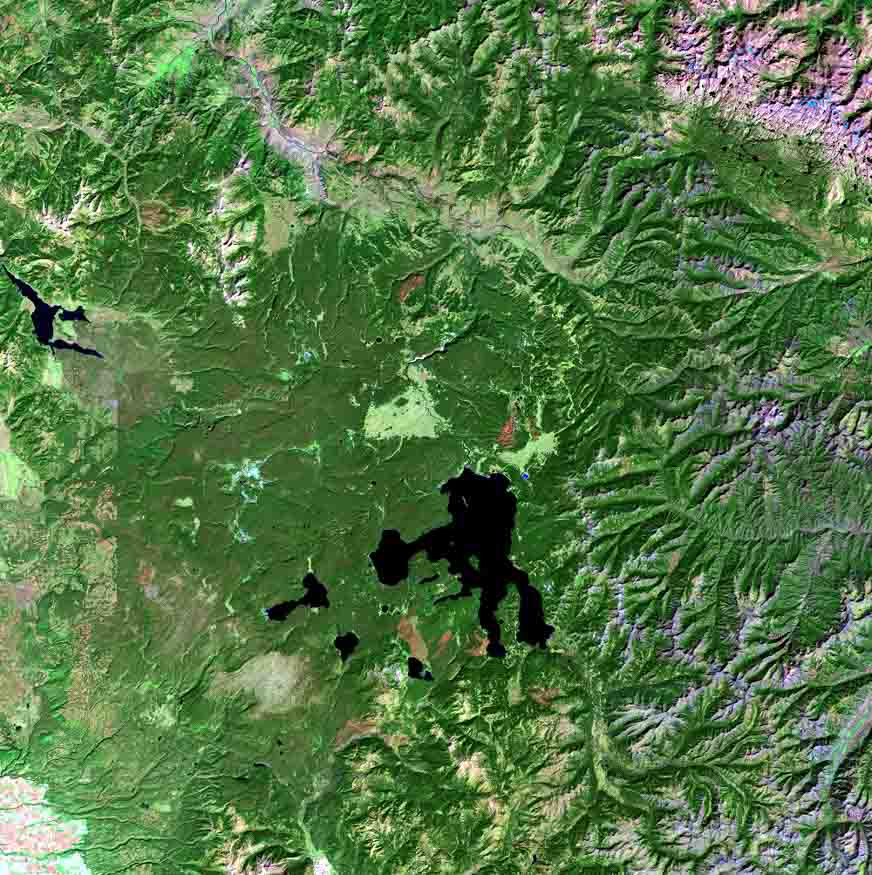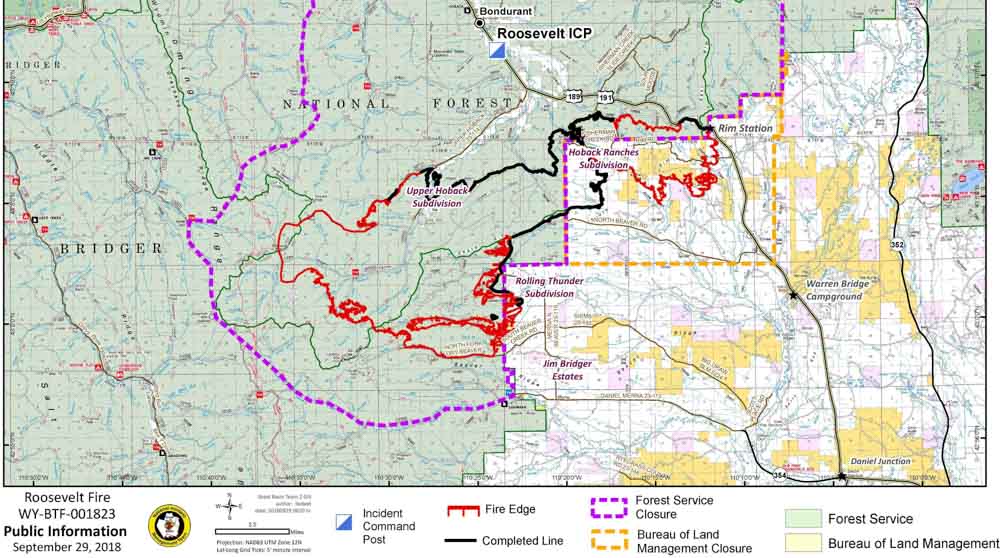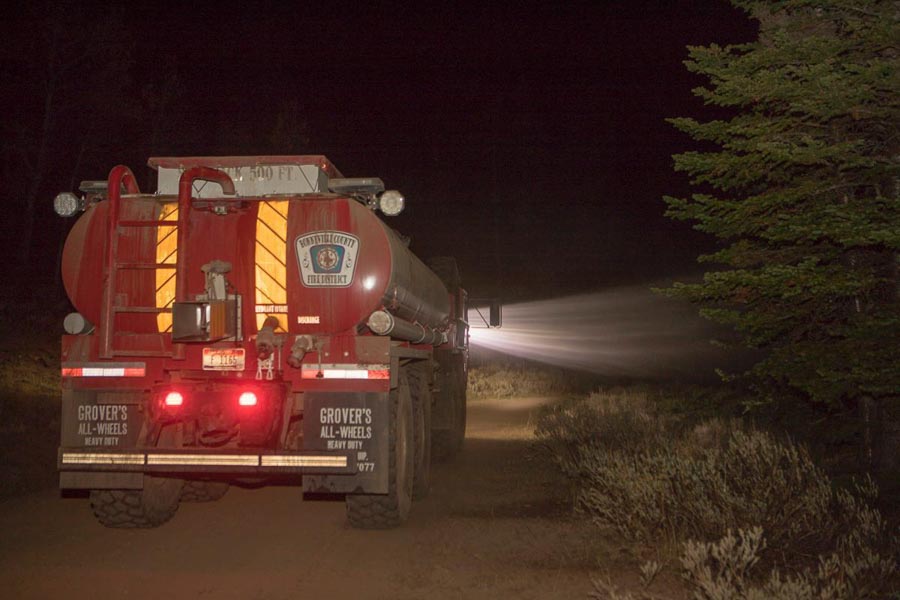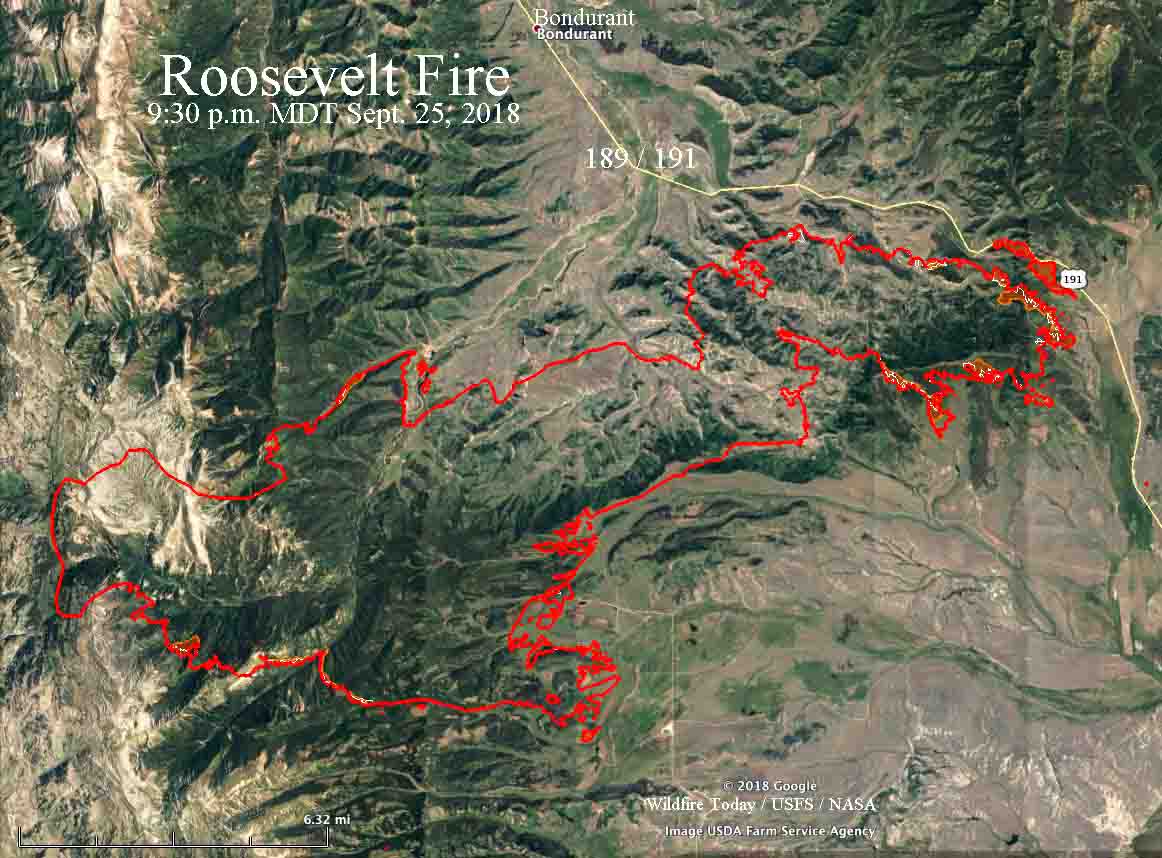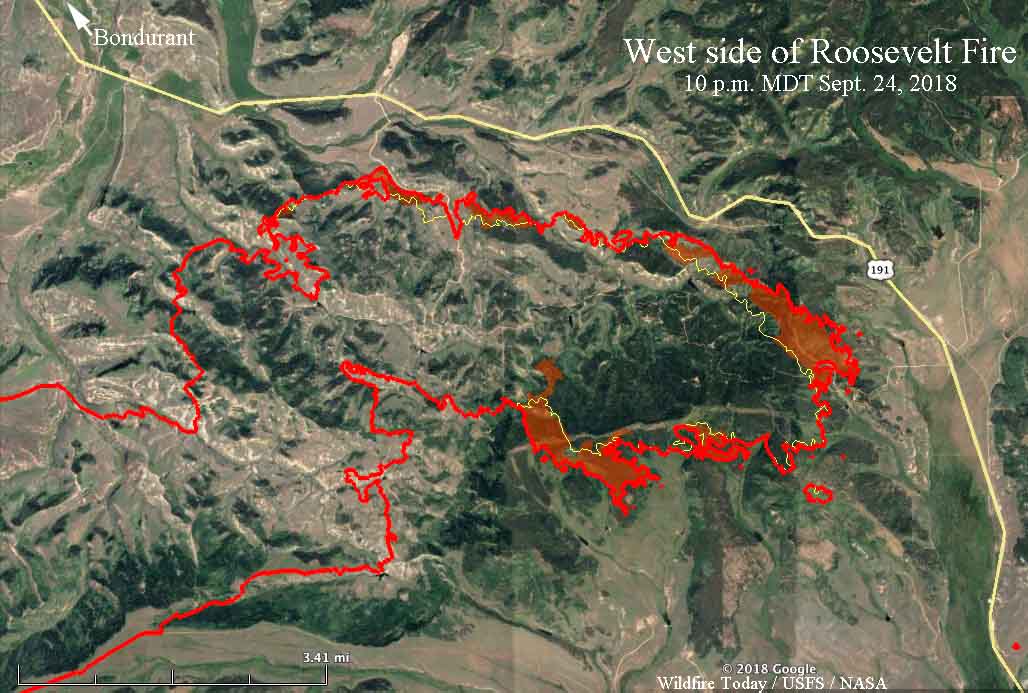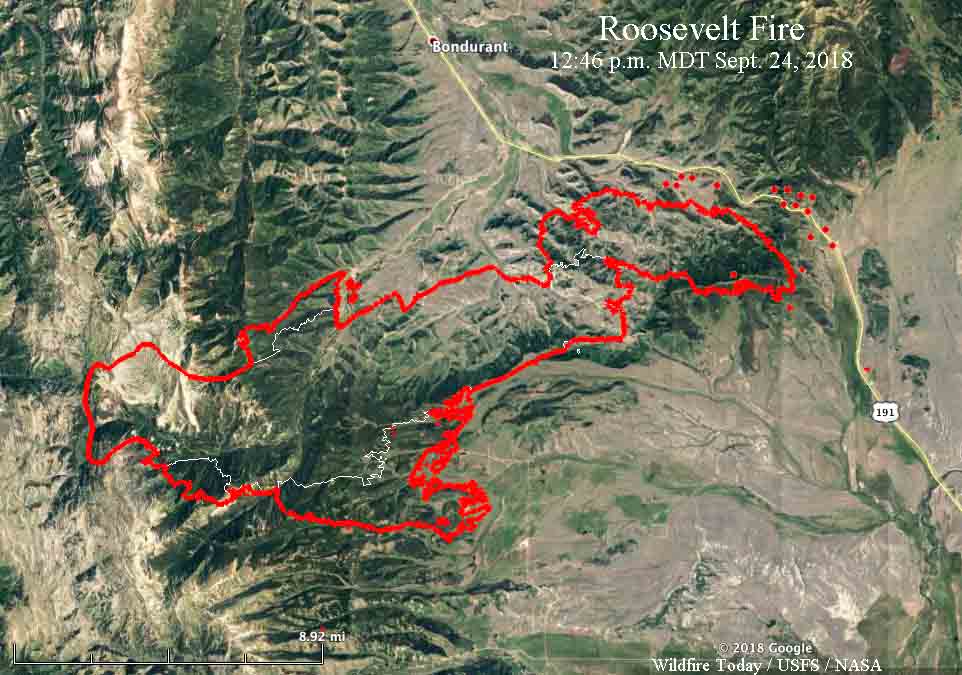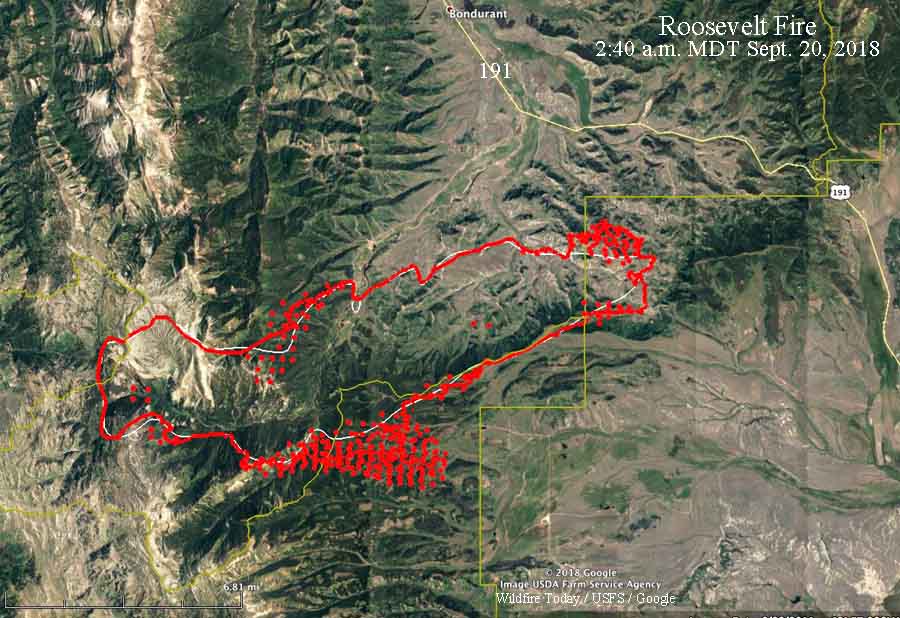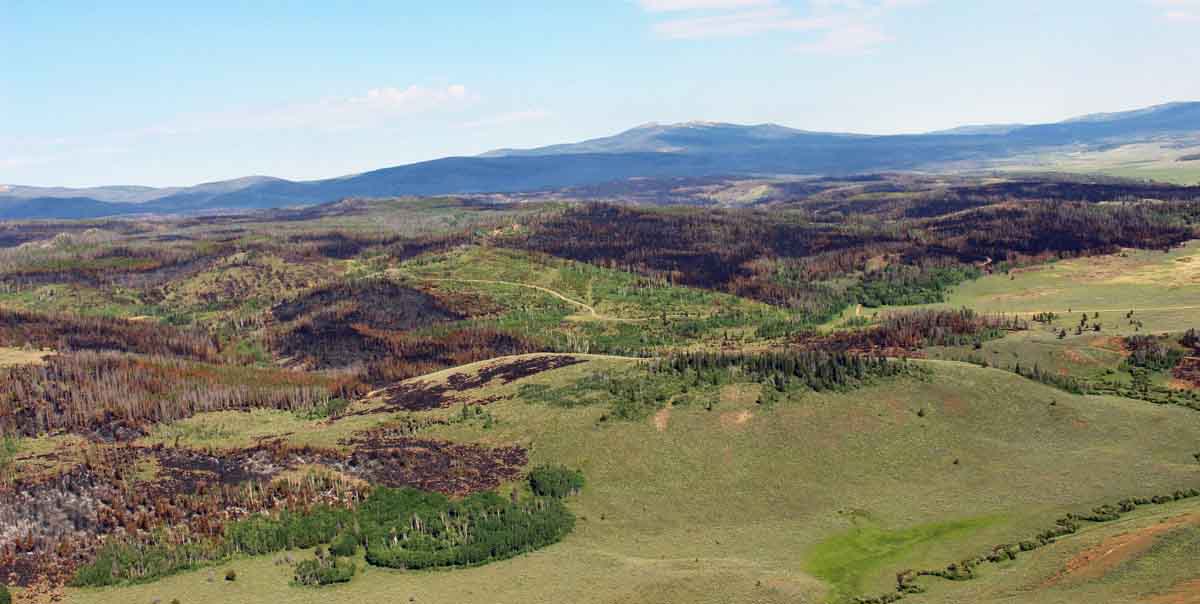
The U.S. Forest Service has a plan to treat 360,000 acres in the Medicine Bow National Forest in southern Wyoming by logging, thinning, prescribed burning, and building 600 miles of roads. The justification for what they are calling the Landscape Vegetation Analysis project, or LaVA, is to treat areas in the forest with the intention of “restoring forest health”. This area just north of the Colorado/ Wyoming border has been heavily impacted by Mountain Pine Beetles, so it fits the agency’s definition of an unhealthy forest and is considered by the U.S. Forest Service as an undesirable condition.
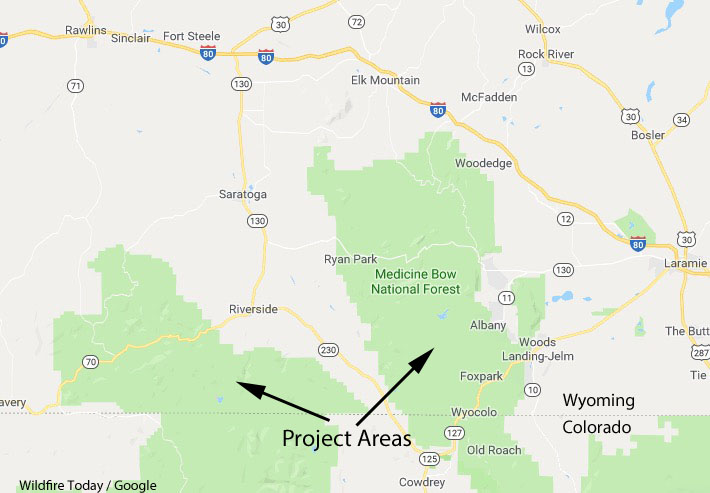
The Forest Service intends to build 600 miles of roads, clear cut 95,000 acres, selectively cut or commercially thin 165,000 acres, and use prescribed fire, mastication, and hand thinning on 100,000 acres.
Climate change that brought drought and warmer weather has provided a better habitat for the beetles. During normal times their spread is inhibited in the higher elevations by cold winters. Several days with low temperatures of around 35 degrees below zero can knock them back, but if that does not occur the rice-sized insects can come back with a vengeance the next summer.
Beetle-killed trees can be hazardous to firefighters due to the possibility of falling trees and burning snags. And, 5 to 15 years after the outbreak heavy ground fuels make fireline construction difficult. The dead trees can also be problematic near roads, trails, and structures. But a couple of years after the beetle attack and the red needles have been shed, the tree skeletons are less prone to crown fires than green trees. In 2015 University of Colorado Boulder researcher Sarah Hart determined Western U.S. forests killed by the mountain pine beetle epidemic are no more at risk to burn than healthy Western forests. Other scientists have found similar results.
Below is an excerpt from the Washington Post:
Not everyone considers the plan a good idea. Some biologists say science doesn’t back up the efficacy of the treatments proposed, particularly logging and the prescribed burns that the Forest Service calls necessary for lodgepole pine to reproduce and more diverse species to take root.
“They say they are going to reduce fuel loads to limit wildfires, and the literature doesn’t support that,” said Daniel B. Tinker, an associate professor at the University of Wyoming, who has studied the region for 23 years. “We’ve had fires this summer that burned through areas that were clear-cut 15 years ago. Those stands weren’t supposed to burn for 100 years.”
Conservation groups also say the Forest Service truncated scientific review in a rush to meet congressional demands for increased timber production on public lands. For now, the proposal does not specify which parcels would be targeted and where those hundreds of miles of road would be built.
In the Washington Post, article Andy Stahl, executive director of Forest Service Employees for Environmental Ethics, was quoted as saying “Certainly, prescribed burning doesn’t pay its way — it’s expensive at around $100,000 per acre.”
If there is a prescribed fire somewhere that actually cost $100,000 an acre, which is very hard to believe, it is definitely an outlier. The costs vary greatly across the country and by vegetation type. They can be as inexpensive as less than a dollar an acre in Oklahoma, but usually run $10 to $250 an acre.
The federal agencies have had to cut back on their prescribed burning programs in recent years due to budget reductions.
The Forest Service expects to make a decision on the Medicine Bow plan in mid-2019.
Thanks and a tip of the hat go out to Gary.
Typos or errors, report them HERE.

